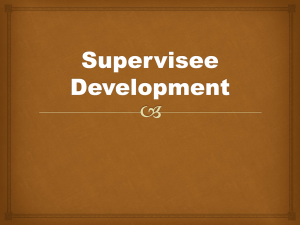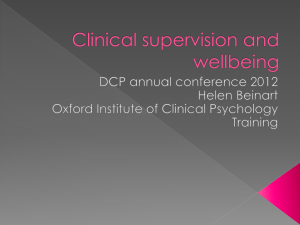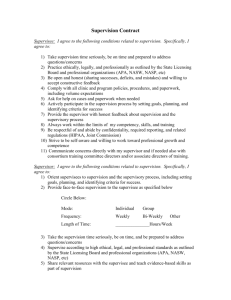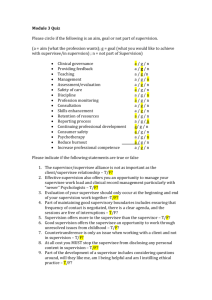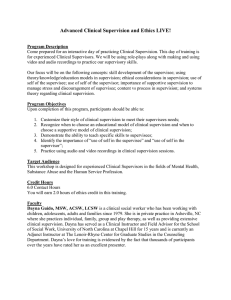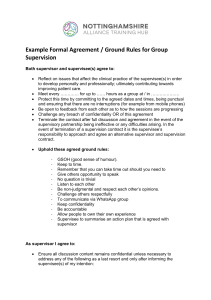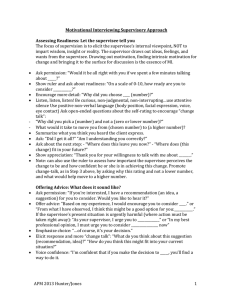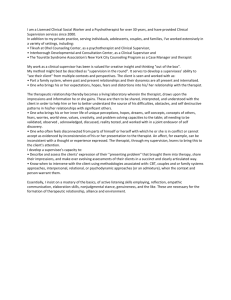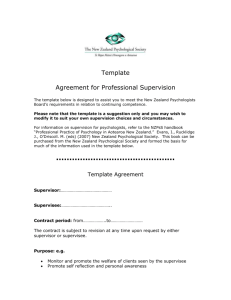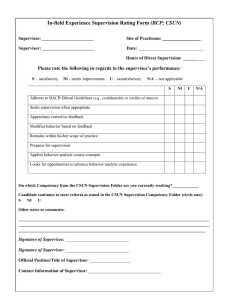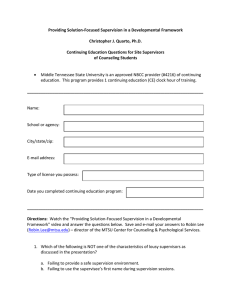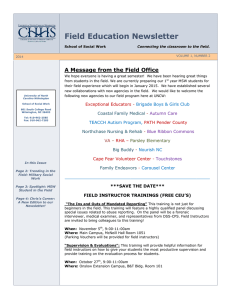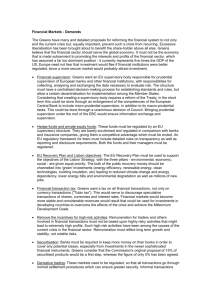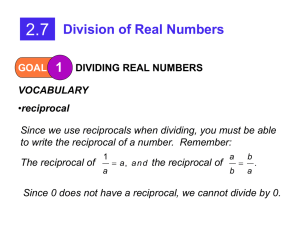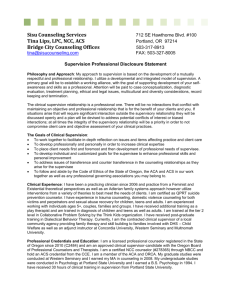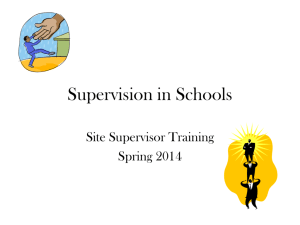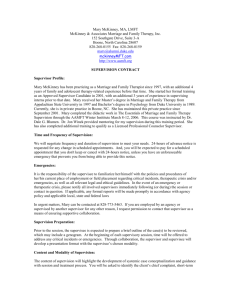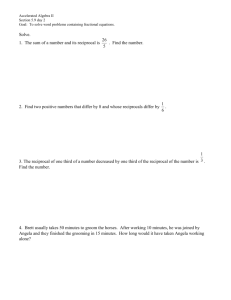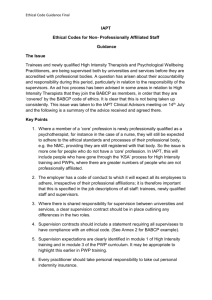Using CAT in Supervision
advertisement
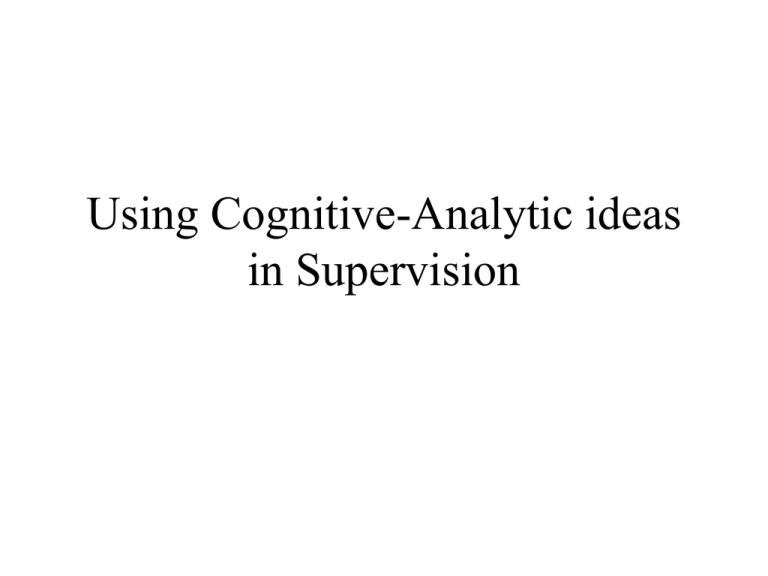
Using Cognitive-Analytic ideas in Supervision The Supervisory Relationship • Supervisory relationship (SR) is a key factor in the success or otherwise of supervision (Ellis & Ladany, 1997; Beinart, 2004) • Closely related to therapeutic relationship (Norcross, 2002) • Attachment style can be reflected in the SR (Pistole & Watkins, 1995; Riggs & Bretz, 2006; Dickson et al 2011) • Supervision outcome closely related to quality of SR (Ladany et al. 1999) • Emerging evidence that SR related to the success of therapy (Bambling et. al, 2006) CAT in a nutshell • • • • Integrated model Collaborative Time limited Core concepts – Target problems; reciprocal roles; core pain, unmet need, target problem ‘procedures’. Transference and countertransference • CAT ‘tools’ – Psychotherapy file, reformulation and ending letters, ‘sequential diagrammatic reformulation’ (relational ‘maps’) . ‘big person, little person’ Putting it all together…. Reciprocal role procedures (1) • ‘A stable pattern of interaction originating in relationships with caretakers in early life, determining current patterns of relationship with others and self-management. Playing a role always implies an ‘other’, or the internalised ‘voice’ of another, whose reciprocation is sought or experienced’ (Ryle and Kerr, 2002) Reciprocal role procedures (2) (With thanks to Liz Fawkes) Exercise • In pairs, reflect on a situation where you have found supervisory relationship with a trainee (or other supervisee) challenging in some way. • Reflect on the relationship between you what might have been ‘playing out’ in the way of ‘reciprocal role procedures’? Other useful concepts for supervision • The zone of proximal development – ‘the gap between current performance and the level that could be achieved with the assistance of a more competent other. • To paraphrase Vygotsky - what a supervisor does with a supervisee today, the supervisee will do on their own tomorrow….
